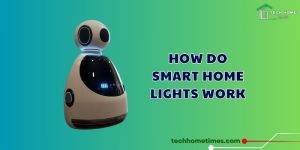AI Smart Home Hub – Control & Automation Reimagined
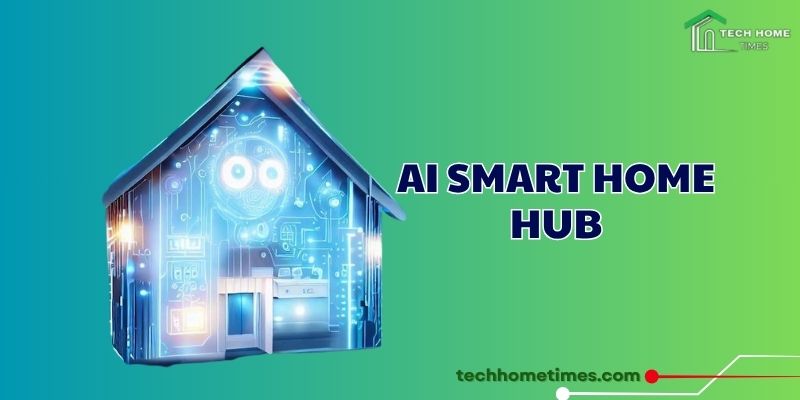
AI smart home hub – The contemporary smart home, lauded for its seamless integration and personalized comfort, harbors a chilling potential when its intelligence is turned against its inhabitants.
Contents
AI Smart Home Hub – The Epicenter of Intelligent Control

The evolution of a smart home has rapidly accelerated from basic automation to truly intelligent environments, and at the heart of this transformation lies the AI smart home hub. This device is no longer just a simple connector; it’s the central nervous system, the brain, and the decision-maker that redefines how we interact with and manage our living spaces, truly reimagining control and automation.
Beyond Basic Connectivity – The Hub as a Brain
Traditional smart home hubs primarily served as protocol translators, allowing devices using different communication standards (like Zigbee, Z-Wave, or Wi-Fi) to coexist. While foundational, this offered limited intelligence, often relying on rigid “if-then” rules. The AI smart home hub, however, integrates powerful artificial intelligence directly into its core:
- Unified Protocol Translation and Orchestration seamlessly bridges disparate communication standards (e.g., Wi-Fi, Zigbee, Z-Wave, Thread, Matter), ensuring all devices, regardless of brand or protocol, can communicate and work together. This creates a truly unified ecosystem, eliminating fragmentation and simplifying setup.
- A crucial differentiator is the hub’s ability to perform significant AI computations locally, on the device itself.
- While Edge AI handles real-time local processing, the AI smart home hub still leverages cloud AI for more complex tasks. This includes processing vast datasets for deeper pattern recognition, refining learning algorithms, performing advanced predictive analytics, and integrating with broader services like weather forecasts or public safety alerts. This hybrid approach offers the best of both worlds: speed and privacy locally, scalability and vast intelligence globally.
Intelligent Automation Reimagined:
The AI within the hub elevates automation from reactive scheduling to proactive, adaptive intelligence:
- The AI analyzes a rich tapestry of data inputs to gain a comprehensive understanding of a smart home’s current context. This includes time of day, external weather conditions, actual occupancy (distinguishing between a pet and a person), specific user presence, historical behavioral patterns, and even the current state of individual devices. This multi-faceted understanding ensures automations are not just triggered by a single event, but are relevant and appropriate for the specific situation.
- Building on contextual awareness and learned patterns, the AI can anticipate future needs and take proactive action. For example, if the hub learns you typically arrive home at 6 PM and prefer a specific temperature, it can begin pre-cooling or pre-heating the house at 5:30 PM, taking into account current outdoor temperature and your commute time. It might also pre-heat water for your morning shower based on your learned wake-up time.
- The AI smart home hub is not static; it continuously learns from user interactions and feedback. Every manual adjustment you make to a light setting, every override of a thermostat automation, or every specific voice command you issue provides valuable data. Through reinforcement learning, the AI identifies what works and what doesn’t, refining its algorithms and optimizing its future actions to better align with your evolving preferences. This iterative process makes the home increasingly intuitive and truly personalized over time.
Core Pillars of Reimagined Control & Automation
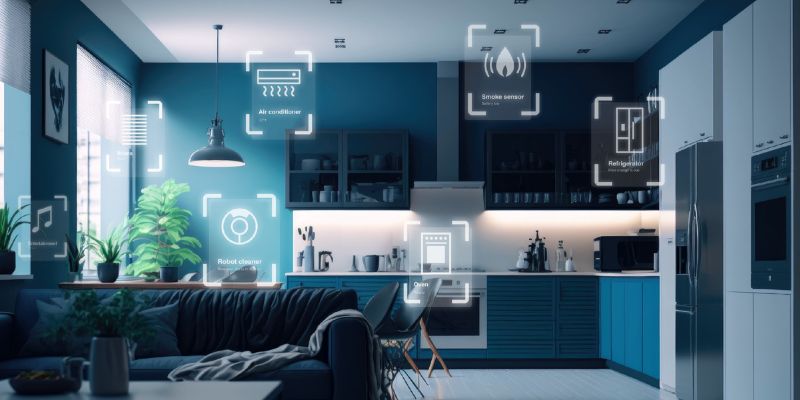
The intelligence residing within the AI smart home hub unlocks sophisticated capabilities that fundamentally transform key aspects of home management, moving beyond simple control to proactive, intelligent orchestration.
Holistic Environmental Management:
No longer bound by rigid schedules, the AI within the hub learns individual comfort profiles for each occupant at different times and in various zones of the home. It dynamically adjusts heating, cooling, and humidity based on actual occupancy, real-time external weather data, learned preferences, and even external energy grid pricing. This ensures optimal comfort while simultaneously maximizing energy efficiency and minimizing waste.
Lighting becomes an adaptive element of the home environment. The AI learns preferred brightness levels and color temperatures for activities like working, relaxing, or cooking. It then automatically adjusts lights based on natural light levels (e.g., dimming lights on a bright day), time of day (e.g., aligning with circadian rhythms to support sleep-wake cycles), and detected activity, creating the perfect ambiance without the need for manual intervention.
Integrating with smart air quality sensors (monitoring CO2, VOCs, particulate matter, etc.), the hub’s AI can automatically trigger air purifiers when pollutant levels exceed thresholds, send notifications to open smart windows for ventilation, or adjust HVAC systems, ensuring a consistently healthy indoor environment.
Personalized Entertainment & Lifestyle Management:
The hub acts as the central conductor for your entertainment experience. It learns your media preferences (music genres, movie types, podcast interests) and can proactively suggest content. It seamlessly synchronizes audio and video playback across multiple devices and rooms, ensuring a consistent and immersive entertainment experience throughout your home, tailored to your location and activity.
Complex, multi-device routines, such as a “Good Morning” sequence, can be executed with a single voice command or even triggered by learned presence detection. This routine might include gradually brightening wake-up lights, playing a personalized news briefing, brewing coffee, and adjusting the thermostat – all perfectly coordinated by the AI, simplifying daily rituals.
The AI’s enhanced Natural Language Understanding means voice commands are more conversational and less rigid. The hub can also integrate other input methods like gestures, touch, or even passive presence detection to provide a more flexible and intuitive control experience, catering to various user preferences.
The Benefits of Reimagined Control & Automation
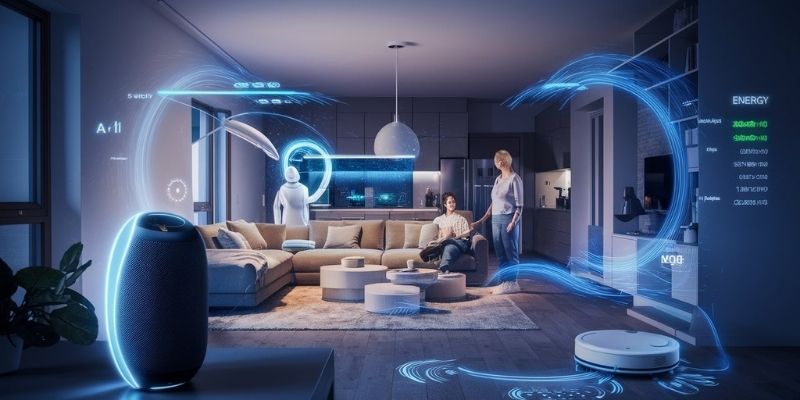
The integration of an advanced AI smart home hub yields transformative benefits that redefine how we experience and manage our living spaces.
- The most immediate and profound benefit is the significant reduction in mental load. The home intelligently anticipates needs and takes proactive action, often without direct user intervention. This frees up occupants to focus on more important aspects of their lives, transforming daily routines into truly effortless experiences.
- By intelligently managing energy, water, and other resources based on real-time needs, learned patterns, and external conditions, the AI smart home hub leads to substantial reductions in utility bills and a significantly smaller environmental footprint. It ensures resources are used only when and where they are truly needed, minimizing waste.
- A living space that continuously adapts to individual preferences and environmental factors fosters a deeper sense of comfort and promotes well-being. Optimized air quality, perfect lighting, and ideal temperatures contribute to better sleep, improved productivity, and overall healthier living, creating a truly personalized sanctuary.
- The hub’s intelligent anomaly detection, smart notification filtering, and proactive response capabilities provide a far more robust and reliable layer of security compared to traditional systems. This heightened level of protection, coupled with predictive maintenance alerts, offers invaluable peace of mind for homeowners.
The Future Trajectory – Beyond Today’s Hubs
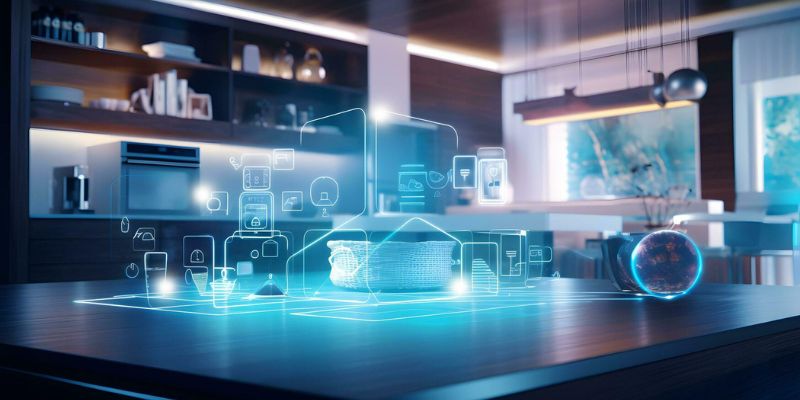
The evolution of the AI smart home hub is a continuous journey, promising even more sophisticated levels of intelligence and integration beyond current capabilities.
- Future hubs will leverage more advanced sensor fusion (e.g., micro-Doppler radar for nuanced human activity sensing, vital sign monitoring) to understand human behaviors and intentions with even greater precision. This will allow for hyper-personalized responses that adapt to subtle shifts in mood or activity.
- The AI will become even more adept at distinguishing between multiple individuals within a household, tailoring distinct environmental settings, media preferences, and notifications for each person simultaneously, even in shared spaces.
- Beyond simple alerts, the hub will evolve to autonomously diagnose and potentially even resolve minor issues within a smart home ecosystem (e.g., restarting a misbehaving device, re-routing communication).
- The hub could create a “digital twin” of your home, a virtual replica where AI can simulate scenarios, test automation rules, and optimize energy usage before applying changes to the physical environment.
- For larger properties or interconnected buildings, multiple AI hubs might communicate and coordinate, forming a “swarm intelligence” that manages vast, complex environments with a single, unified brain.
To Tech Home Times, the AI smart home hub represents a monumental leap in home intelligence, fundamentally transforming control and automation from rigid programming to fluid, adaptive orchestration. By unifying disparate technologies, leveraging powerful AI for continuous learning and prediction, and enabling sophisticated, proactive automations, it redefines how we interact with our living spaces.


